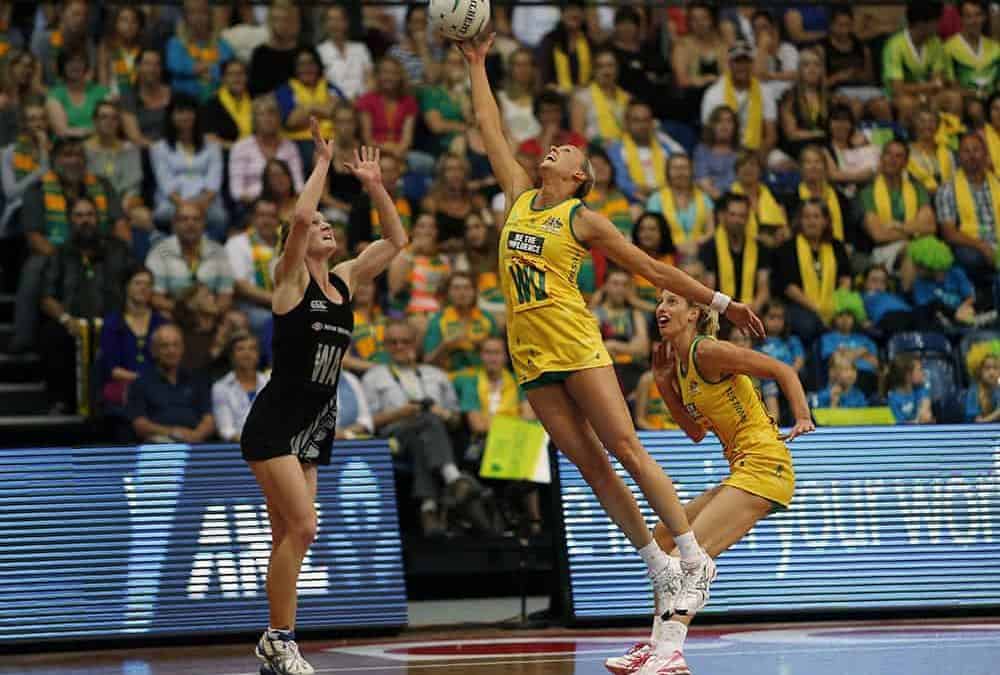
Blog
One of the most monotonous things about playing sport is spending the time after a match or a training session to cool the body down and help the muscles on their way to recovery, so you can be raring to go for the next training.
However boring it is, a lot of coaches and athletes alike neglect this important process. Allowing the body to cool down slowly aids in the bodies natural recovery process.
Another thing that a lot of people don’t take into consideration is allowing the body to naturally lower the level of adrenaline that is coursing through the blood stream after exercise! Any excess adrenaline (which is actually a hormone) places unnecessary stress on the heart.
As a lot of young athletes tend to do, stopping immediately after a match or training session will allow excess blood to pool around the legs. This can sometimes lead to a drop in blood pressure, meaning recovery is again delayed.
So, to make things easy, i have gone back to the table format from my last Blog on Warming up and Stretching, for some consistency, and the fact that i like tables 🙂
|
Component
|
Purpose
|
Example for Netball
|
|
Aerobic Exercise
|
Decrease Body Temperature
|
1-2 Light Jogging the width of the court
|
|
Stretching
|
Lengthen muscles safely
Increase Joint Range of Motion
|
Static Stretches for Leg Muscles
(see examples below)
|
|
Hydration
|
Replace any fluid and lost electrolyte from activity session
|
300-400ml of Water and 100ml of Gatorade or similar.
|
I have included instructions for 6 stretches below, which are all pretty easy to do, and don’t take much time to complete at all, around 5-6 mins in fact!
Gastocnemius stretch – using a wall or something to push against, face the wall and place both big toes facing the wall with the foot closest to the wall about 10-15 cms away. Place both hands on the wall keeping the back leg nice and straight (no bend in the back knee joint) and the torso roughly at a 45 degree angle to the ground, slowly direct the front knee towards the wall tracking over the middle of the foot. this stretch should be felt in the tightest part of the gastroc muscle first. Find the place of tension, go a tiny bit further and hold for 30 seconds. If it is sore, back off the stretch!
Common faults:
Toes not pointing to the wall
Length from the wall you are standing. The more athletic/elastic a person is, the further from the wall they may have to stand to feel the stretch.
Heel not on the ground
Back knee bending

Soleus stretch – in the same position gently bend the back knee and place the torso into a more upright position. let the patient sink horizontally slowly towards the ground keeping the palms on the wall for stability. the should feel the tension immediately move from the higher gastric structure to the lower flatter soleus muscle. You can bring the back foot closer to the wall if necessary. It is important to keep the back heel firmly on the floor. If the heel starts to lift, go back into the original start position and start again.

If you find it hard to stretch standing up (only use this if its not possible to stretch standing) you can use the sitting calf stretch:
Sit on the floor or your bed with your leg straight out in front of you and put a towel around your foot. Pull your toes towards you and gently pull on the towel until you feel a stretch in your calf. Hold for 30 secs.
Hamstring Stretch – Biceps femoris, Semitendonosis, Semimembranosis.
Kneel on the ground.
Place the affected leg straight out in front of you (knee extended). Make sure you are balanced. You may want to hold a wall or something sturdy if they are not able to balance well.
Slowly bend toward the foot of the outstretched leg at the hip joint. It is important at this stage not to bend the front knee. Find the place of tension, go a tiny bit further and hold for 30 seconds. If it is painful, back off the stretch!
This stretch is for the hamstring muscle complex that has an attachment site below the knee joint (hence keeping the front knee extended).

Hamstring Stretch – Adductor Magnus, Longus, Brevis
In the same position as the previous stretch, flex the front knee and lean forward toward the foot, creating a round 45 degree angle at the knee joint. Find the place of tension, go a tiny bit further and hold for 30 seconds. If it is painful, back off the stretch!
Change legs.
Peroneal Stretch – While sitting in a chair, lift your right leg and gently place your outer right ankle on top of your left thigh. After bending your ankle so your toes point down, grasp your foot with your hand and turn it so the sole of your foot points up. You should feel a nice stretch on the outer shin, hold for 30 seconds and release slowly and switch.
Quadriceps Stretch – Rectus Femoris, Vastus Medialis and Lateralis
Stand on one foot, holding the back of a chair to balance. With your free hand, hold the ankle of the stretching leg behind you. Pull your heel towards your bottom until you feel a strong stretch in the front of your thigh. Hold for 30 secs.
Following this take in some fluid. Its often important to take in electrolytes as well as plain water. You lose a lot of electrolytes when exercising, through your sweat so replacing this is essential to a speedy recovery.
This concludes our mini series on warm up and cool down strategies for Netball. Thanks for reading, and we look forward to seeing you on the courts, Fit Active and Healthy!
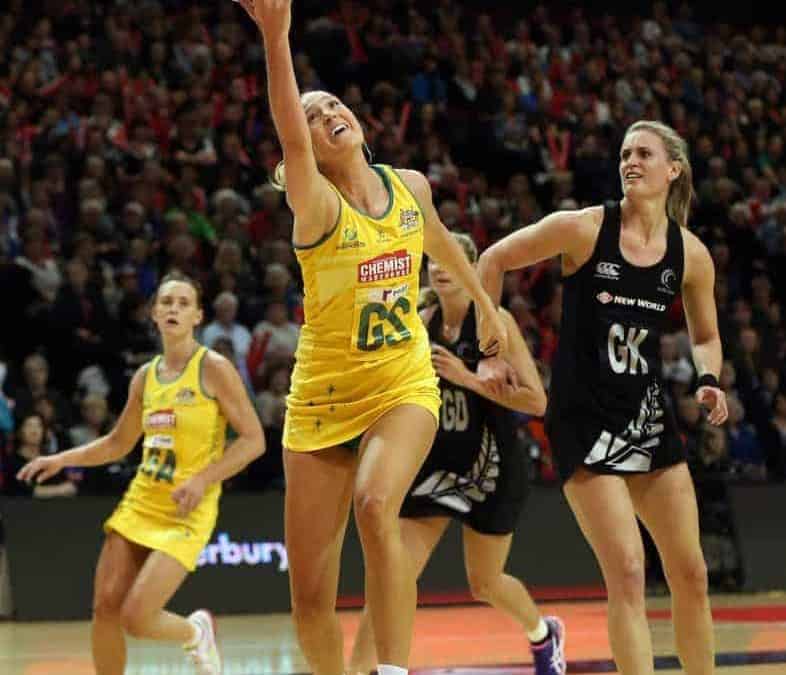
Blog
Hi guys, back again to chat about rehab and even more importantly PREHAB, and we will stick to our netball theme in light of the Diamonds stunning World Cup Victory last weekend.

2015 World Netball Cup
Allphones Arena
Gold Medal Game
Preventing injuries is of massive importance as it link directly to enjoyment of sport, and optimum performance. Lets face it, we all want to get around the court like Paige Hadley or shoot like Caitlin Basset right? Sitting on the sidelines nursing an injury takes you away from the sport you love, and away from the eyes of coaches and selectors alike.
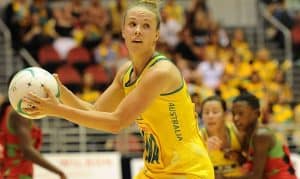
Quite often we see resources that don’t address the specific factors that will minimise the risk of injury to our netballers! Our A Step Ahead NetballSmart blog aims to overcome this by giving you guys a simple to understand, point by point action plan for injury prevention.
Warming Up and Stretching
Preparing the body for participation in sports by warming up, will enhance the maximal performance and reduce the risk of injury! Its a sentence i often find myself repeating over and over again to my young patients. The Netball World Cup was a great example for us as a practice, with the public being able to see first hand the amount of time the best teams in the world spend on warming up before games.
Warming up improves blood flow to the heart, increases the muscle temperature and makes muscles more pliable.
Cold or less pliable or elastic muscle works harder to accommodate a given load and will be more resistant to sudden stretch. Less pliable muscle tissue is also more susceptible to overuse injuries.
Below we have come up with a simple to understand table to break down the different stages of warming up.
|
Component
|
Purpose
|
Example for Netball
|
|
Aerobic Exercise
|
Increase Body Temperature
|
2-3 Light Jogging the width of the court
|
|
Stretching
|
Increase Elasticity of Tissue
Increase Joint Range of Motion
|
Dynamic Stretches for Leg Muscles
(see examples below)
|
|
Sport Specific Exercises
|
Prepare the body for the type of activity expected
|
Short Sprinting
Changes of Direction
Passing and Shooting drills
|
Right, so now we have established our table, what does it all mean? Well, basically, the first column (component) is the breakdown of a typical warm up routine you can use before your saturday games. Once we have established we need to break our warm down into three different parts, and you want to skip the detail, we can look across the table to the examples.
First we start with a jog across the width of the court 2-3 times. We can then move into some dynamic stretches for the major legs muscles you will use for the game.
A good start is to warm up the Calf muscles, which are the big muscles at the back of the lower leg and then upwards to the Hamstring muscles. If you don’t know much about Dynamic stretching, see our short description below!
Dynamic stretching WARMING UP PRE EXERCISE
Dynamic stretches differ from the norm in that they stretch the body through movement. Instead of putting your body into a stretched position and keeping it there as the muscles relax gradually, you move quickly into and out of a position that stretches your muscles.
Dynamic Calf stretches:
Get yourself into a classic push up position. Then, hike your hips towards the ceiling or sky creating a V position with your body. Keep your back as straight as possible.
Place one foot over the back of the other ankle, and slowly but actively push your heel into the ground. Then, push your ankle upwards going up onto your toes.
Perform three sets of 10 repetitions per stretch for improved calf movement and flexibility.

Dynamic hamstring swings:
A two-part dynamic stretch for the hip flexors, hip extensors, hip adductors, and hip abductors
This involves gentle swings of the leg forwards and backwards gradually getting higher and higher each time. Around 10 to 15 swings on each leg should be enough.
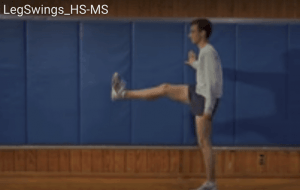
We then want to move into some sort of sport specific movement, something that you will be doing regularly on the court.
We had the absolute privilege of watching the Diamonds take on Jamaica during pool play of the World cup thanks to Asics Australia. It was really interesting to watch the girls going through there physical and sport specific warm ups. These are generally done as a team, so your coach will want to have some input here.
I hope this blog has been informative, without being over the top with mumbo jumbo you don’t need. That’s always the aim, to try and get the important information out there as efficiently as possible!
My next blog will be up shortly regarding cooling down and some specific things you can do! Stay tuned for more editions of the A Step Ahead NetballSmart blog!
Aneesh Kesha
Part of the A Step Ahead Foot and Ankle care team

Blog
DeFEET your HEEL PAIN!
1. If it HURTS, stop doing it! Pain is actually your body’s way of telling you that something is wrong – listen to it! Putting pressure on a (painful) damaged muscle/tissue/bone = further damage = no improvement = ongoing pain. It’s as simple as that.
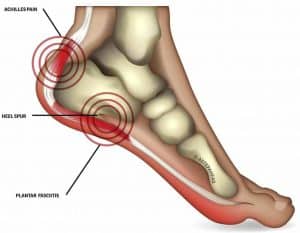
2. Nothing will change unless YOU change it. You’ve been wearing the same shoes and trying the same stretches and whatever else google has advised you since your pain started and you’re still in pain. Consult a practitioner that specialises in heel pain – not all podiatrists and practitioners do! Look for a practice with a proven track record with heel pain – different practitioners do things very differently and get very different results!
3. STICK to the plan! “It’s only when people venture off the main path in the forest that they get lost and chased through the forest in the night.” As practitioners we don’t tell you things to try and make your life difficult and play ‘let’s test if anyone will actually do this’. We do this because we KNOW it works and see it working all day every day, for those who stick to it. If we could make it easier, we would! But taking shortcuts hasn’t produced good results for our patients, and you came to us to get you pain-free.
4. Understand what is happening! Make sure you completely understand: what your condition is, what causes it, what aggravates it, WHY you are having the treatment you are and what the treatment is actually doing to and for your feet. If you don’t see a purpose to doing something, you are a lot less likely to stick to it. Not being fully informed about your condition can create uncertainty about your treatment. Ask all the questions, ask them as many times as you need, and let your practitioner help you to understand. If you get a generic answer along the lines of “It’s plantar fasciitis and you need these very hard orthotics” – Our number will be at the bottom!
5. Finally, DON’T give up! Whether you’ve just started your journey to being pain-free or have tried multiple options from different practitioners with no success, very seriously, don’t give up! We are often people 3 or 4th opinion – some have been to physiotherapists, specialists, GP’s and other podiatrists – if they haven’t had success with you, sadly you’re not alone! I have the privilege of seeing the pain levels of my patients decreasing every week until the pain is gone. Every foot is different, the causes of heel pain are different, and when this is correctly analysed, diagnosed and treated, amazing things can happen. Our treatment is VERY different!
These are my top 5 because I see these so often! It’s actually fairly unusual to see anyone who isn’t struggling with at least one of these points. But rest assured – heel pain can be defeated, you don’t have to keep battling it and letting it limit your activity and you can be completely pain-free. We have patients who regularly travel from all across Sydney NSW and even interstate to see us! Its not unusual for us to be the last of a long line of other practitioners you may have seen. Come and join our ever-growing team of pain-free patients – we’d love to help you too!

Dr Nina to the right and Shendi on the left with our patient Kimberley who beat heel pain!
A Step Ahead Foot + Ankle care
Penrith, St Marys
and soon to come to a suburb near you!




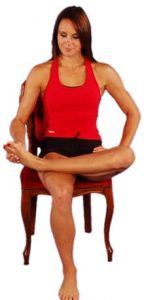
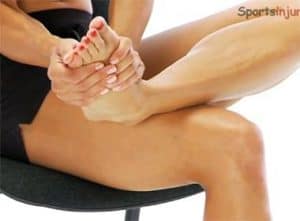














 Dr Brenden’s White paper report on the “6 Reasons You Won’t Beat Heal Pain” outlines what’s stopping you from beating this and tips on how to stop it in its tracks!
Dr Brenden’s White paper report on the “6 Reasons You Won’t Beat Heal Pain” outlines what’s stopping you from beating this and tips on how to stop it in its tracks!